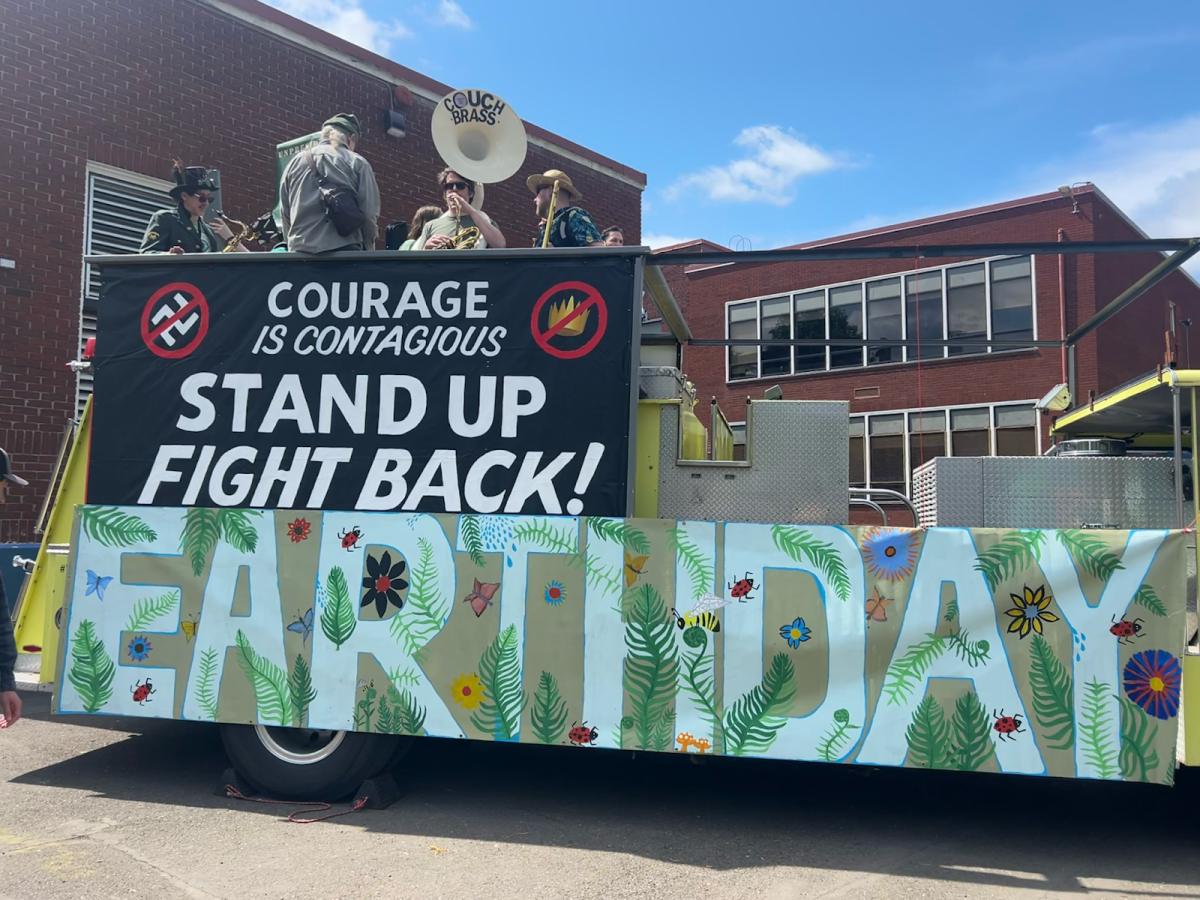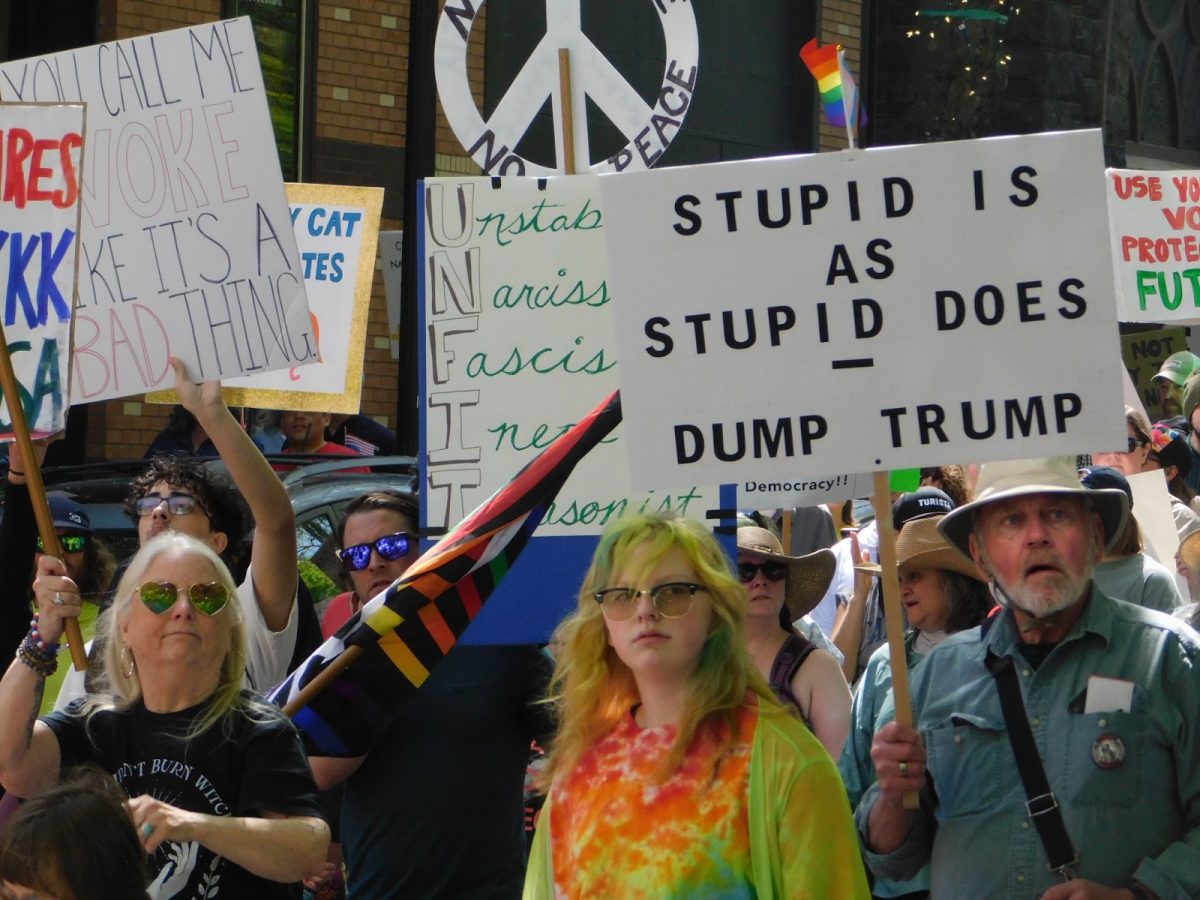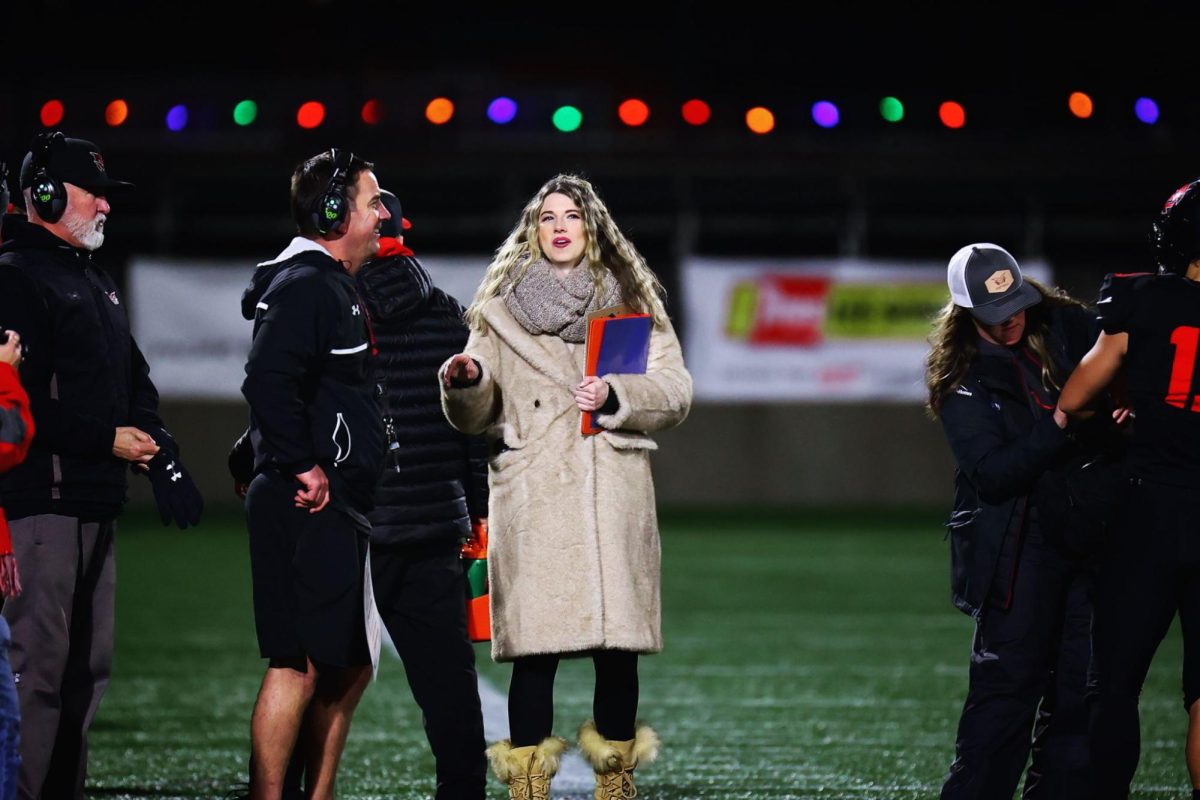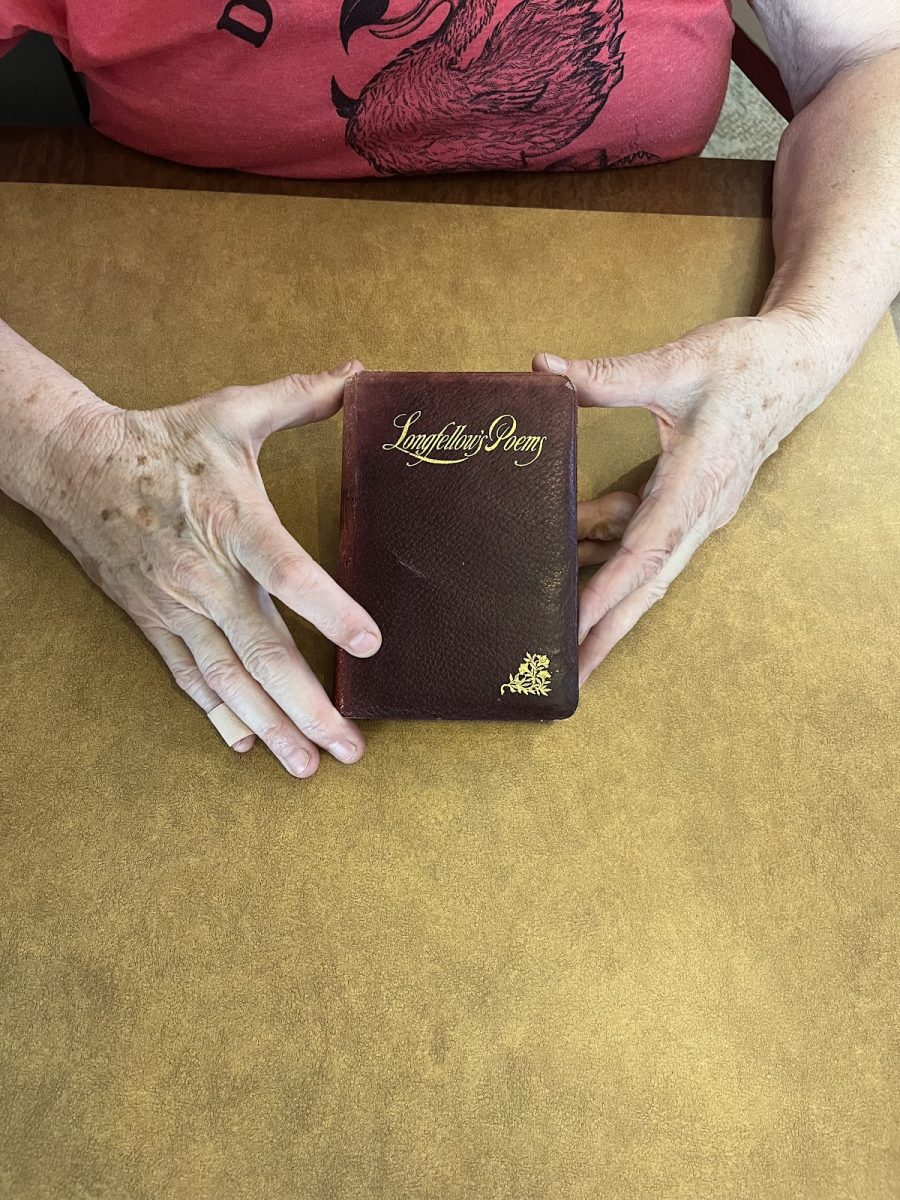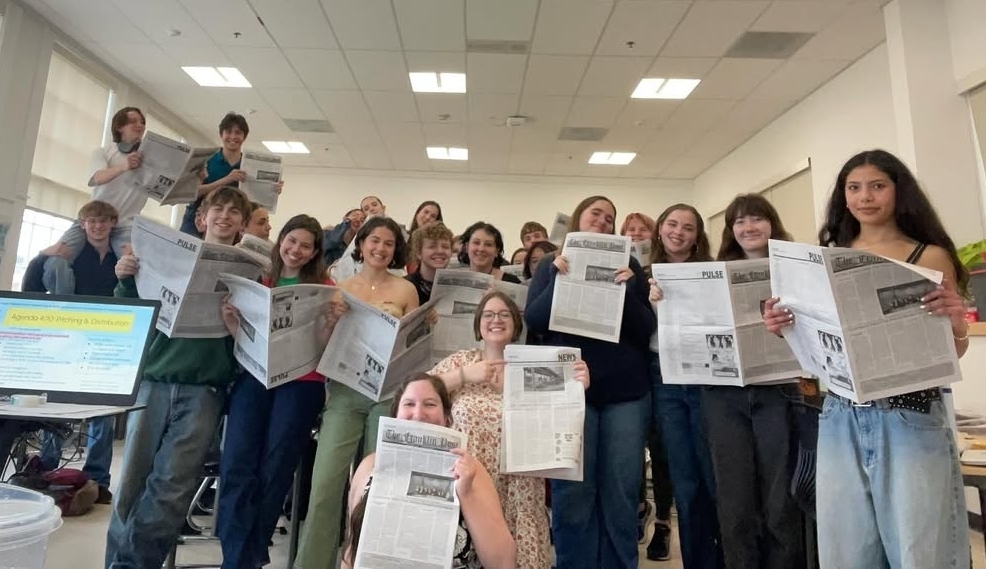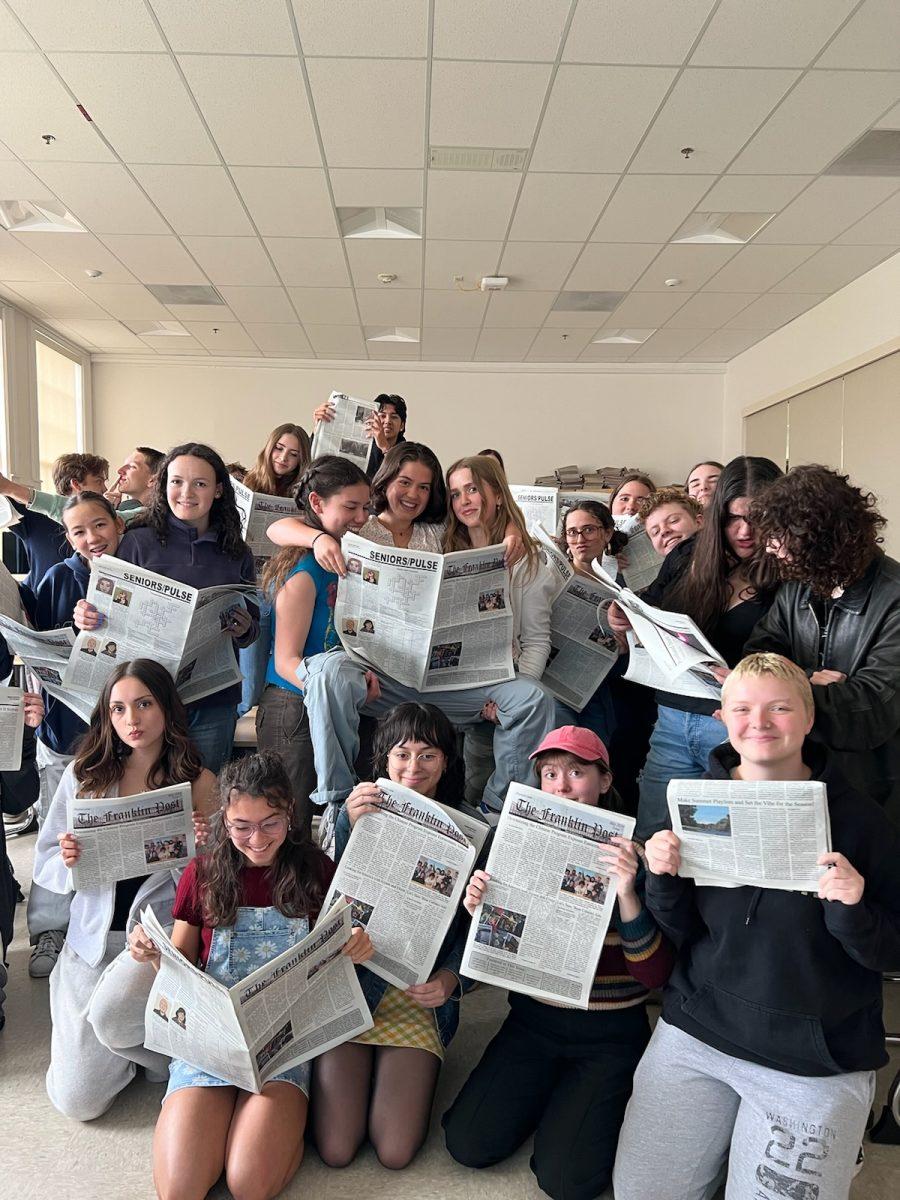
“The oldest and strongest emotion of mankind is fear,” respected author H.P Lovecraft once wrote, “and the oldest and strongest kind of fear is fear of the unknown.” Ignorance of the unknown, and the fear generated from it, is a powerful and often misguided force.
Such is the case with the perception of Islam, which has gone in the minds of many Americans from an equivalent to Judaism, Christianity, and other popular religions to a looming, threatening force that brings down towers and harms the general public, following the terrorist attacks on September 11, 2001 and the rise of such extremist groups as The Islamic State of Iraq and The Levant (better known as ISIL or ISIS) and Al Qaeda. This fear, combined with the lack of understanding of what certain elements of Islam are, give rise to what many refer to as “islamophobia,” a fear or prejudice towards Muslims or their religion.
This ignorance is based not on an innate lack of understanding or unwillingness to learn, research suggests, but rather the inaccessibility of the culture and religious practices of Muslims to modern Americans. In its Religious Landscape Study, The Pew Research Center concluded that in the U.S., less than 1% of American adults identified as Muslim. In comparison, Judaism, a relatively small religion, has a little over twice as big of a population in the U.S. at just under 2%. Both are dwarfed by Christianity, which is the faith of choice of approximately 71% of Americans, according to the same study. Because of the lack of Muslim people, the opportunities for the average American to interact with Islamic culture are severely limited.
Worldwide, the Muslim faith is the second biggest and fastest growing religion, and is expected to overtake Christianity as the world’s largest religion within the century. Surprisingly, the Middle East, a region associated with Muslim people, only makes up a fifth the worldwide Islamic population. Rather, 62% of all Muslims live in the Asia-Pacific region.
The difference in ideals between the Muslims in these different regions is huge. For example, in Afghanistan, located in Southwest Asia, 99% of Muslims support the implementation of Sharia, a form of holy law, according to Pew Research Center. In comparison, in a central Asian country like Turkey, only 8% of the Muslim community believes in the same enforcement. Different Muslims, like many other groups of religious people, have diverse outlooks on life and theology based on upbringing, political alignment, and area of origin. The difference between Sunnis and Shiites, the two main and heavily divided sects of the Muslim faith, further complicate these issues, with each group having different ideals and religious practices, often creating conflict between the two groups and confusion for outsiders.
Extremist groups, such as ISIL, are examples of one extreme end of the Muslim faith. Terrorist actions and suicide bombings create fear throughout the worldwide community, leading to policies in government securing their countries by limiting immigration. During his campaign for president, the now elected Donald Trump called for a “total and complete shutdown of Muslims entering the United States,” talking on issues such as support for Sharia, the concept of Jihad, and an observed hatred of non-Muslims throughout the American Islamic community. Oddly enough, one of the two primary sources featured in the official statement released on his website, the Pew Research Center, appears to contradict both this idea and the results of studies carried out by the Center for Security Policy, President-Elect Trump’s other primary source.
The Center for Security Policy reports that a quarter of American Muslims believe in violence against Americans, whereas the Pew Research Center only polled 1% support for frequent violence in the name of Islam, with an additional 5% acknowledging support for it in very rare and situational cases. Humanitarian groups, and the general public, would most likely criticize the ethics of ever believing in any form of violence towards the public in the name of religion. Regardless, the difference between a totaled 6% support versus a 25% rate of support is quite huge, even without the further polarizing differences in what was studied between the studies. Although neither source’s data has been proven to be inaccurate, it is notable that the Center for Security Policy openly leans towards certain political ideas and candidates through the banners featured on its website, whereas the Religious Landscape Study presents no obvious political agenda to its readers.
That same landscape study also showed a general trend of more integrated and liberal policies throughout Muslims in the United States. Polling found that American Muslims generally had more non-Islamic friends than their worldwide counterparts, and that over half of American Muslims believed that people of other religious beliefs can go to heaven, in comparison to an 18% median worldwide. This heavily suggests a strong cultural difference between Muslims in the U.S. and Muslims worldwide, and hopefully a shift in culture towards an accepting, open society within the community and outside of it.
Culture and the view of theology has consistently shifted throughout history, while also retaining some similar patterns and ideas. For all, education is necessary in understanding each other’s cultures and views. As Marie Curie, the discoverer of Radium and one of the most influential female physicists of all time once put it, “Nothing in life is to be feared. It is only to be understood. Now is the time to understand more, so that we may fear less.”


